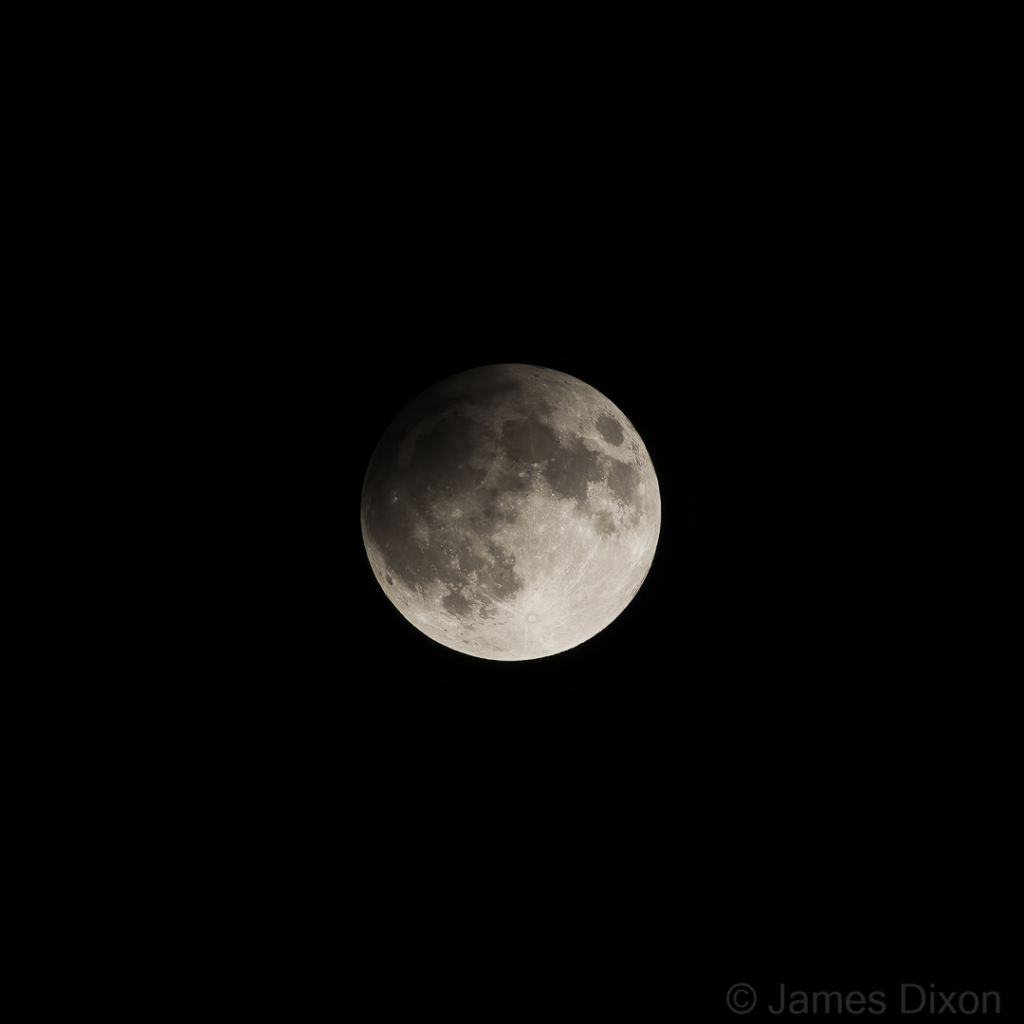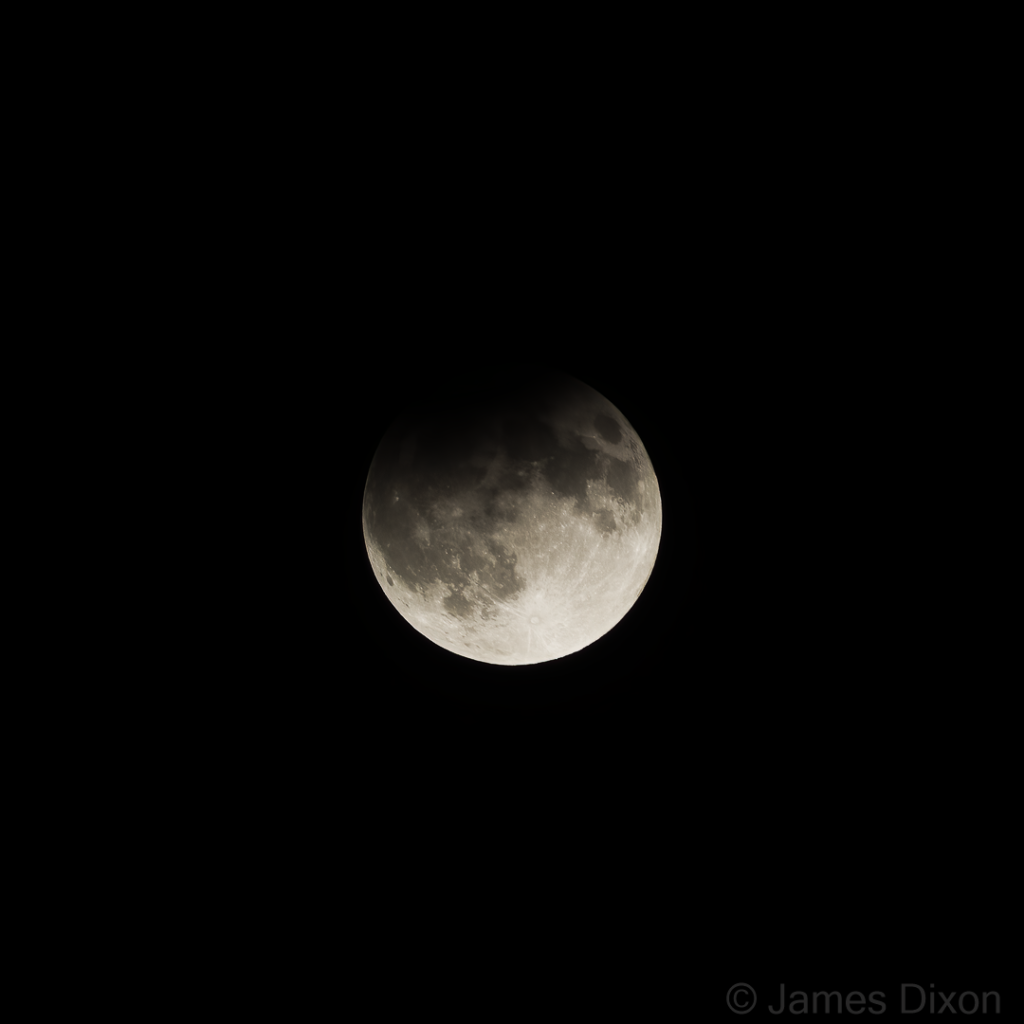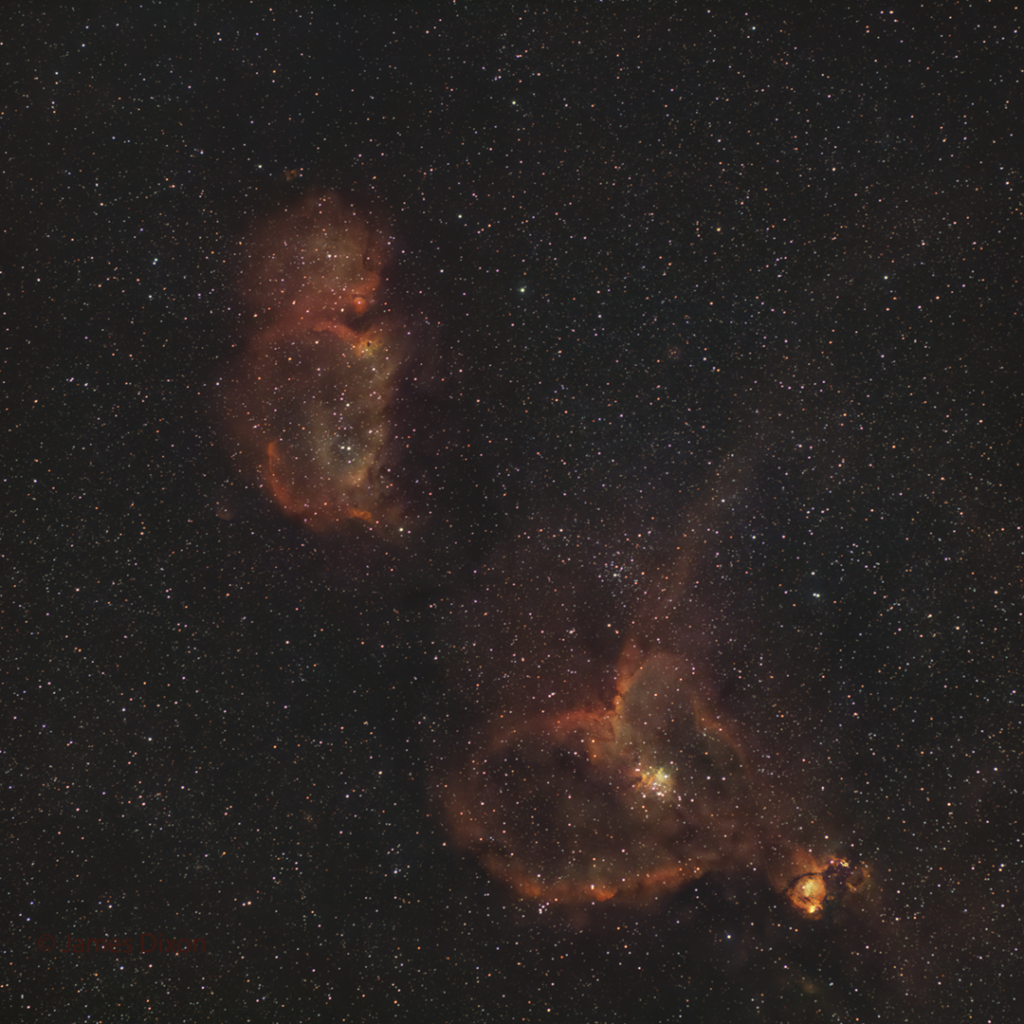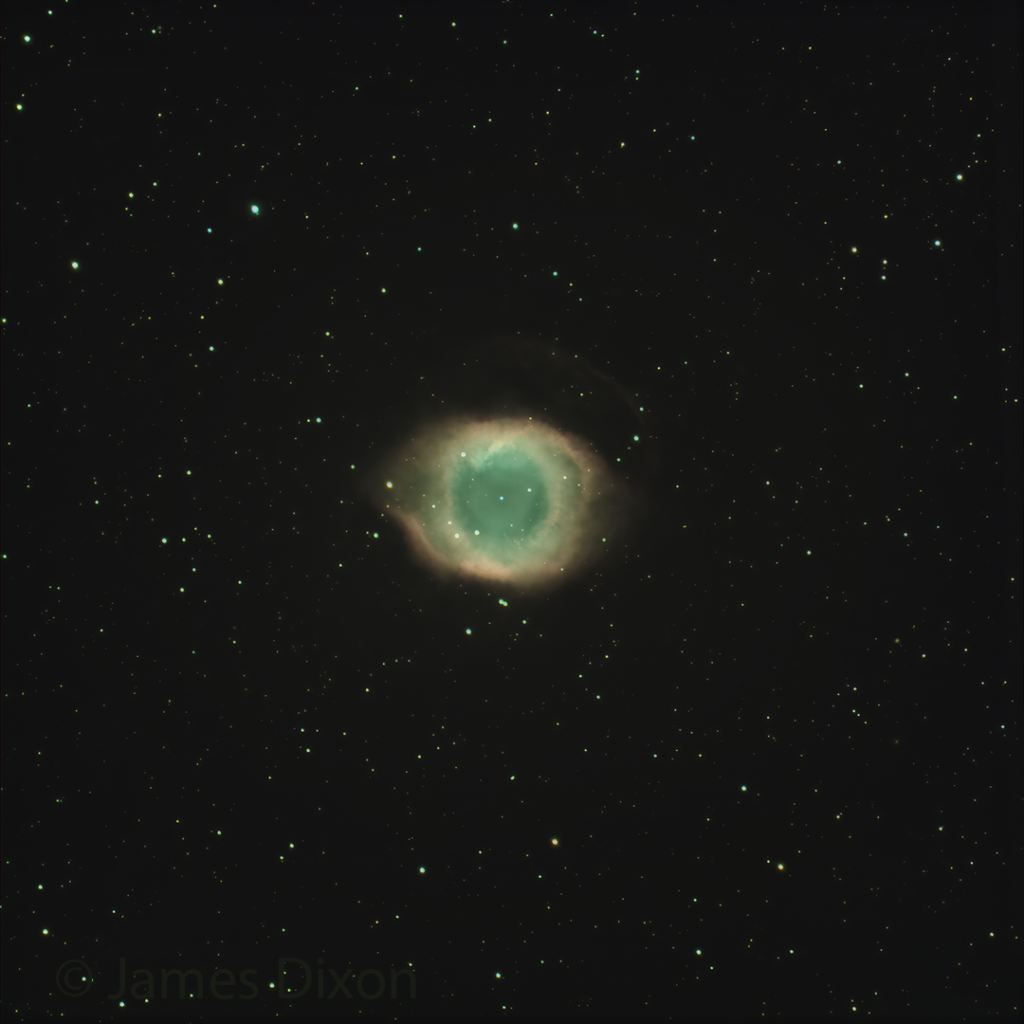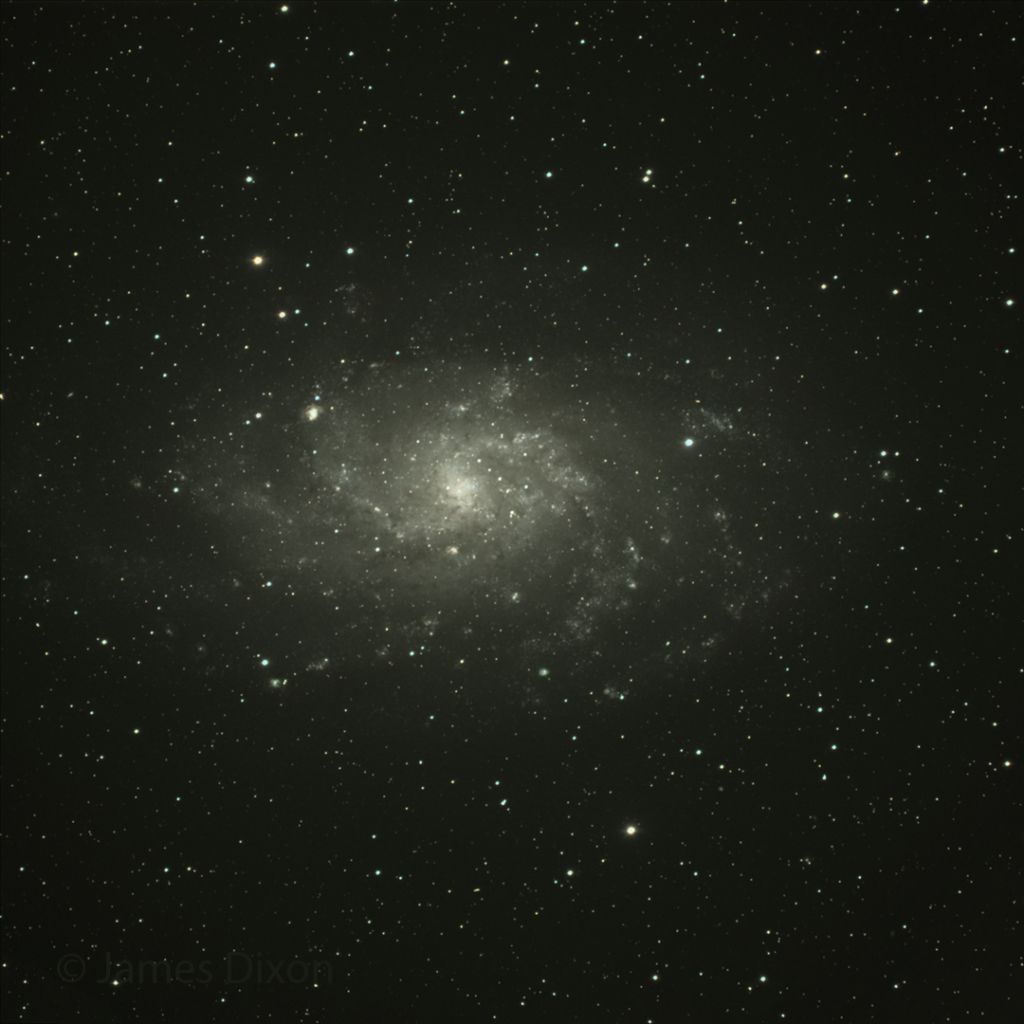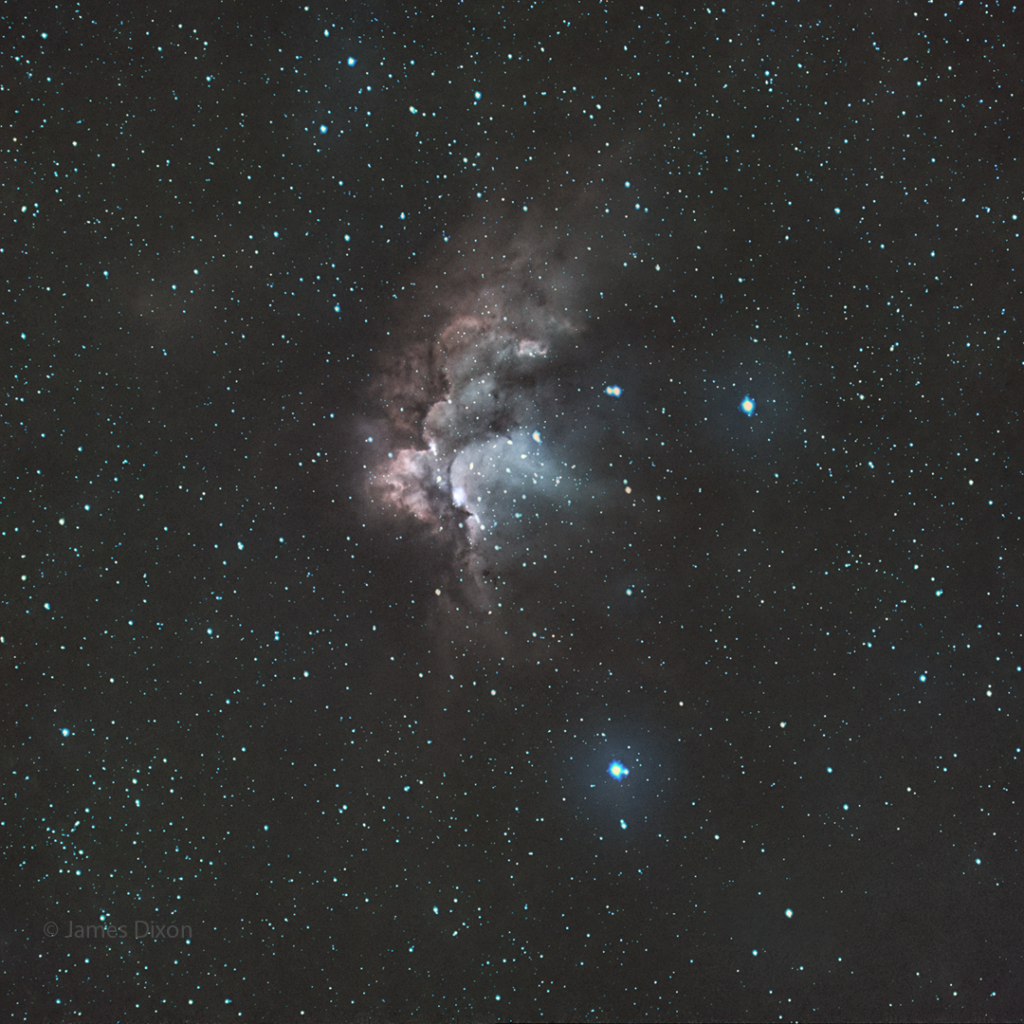The first image was taken a minute or two before the start of the umbral phase of the eclipse. A section of the Moon is in shadow but not completely dark. The second image is at the peak of this eclipse and a portion of the Moon is in complete darkness, covered by the umbral shadow.
